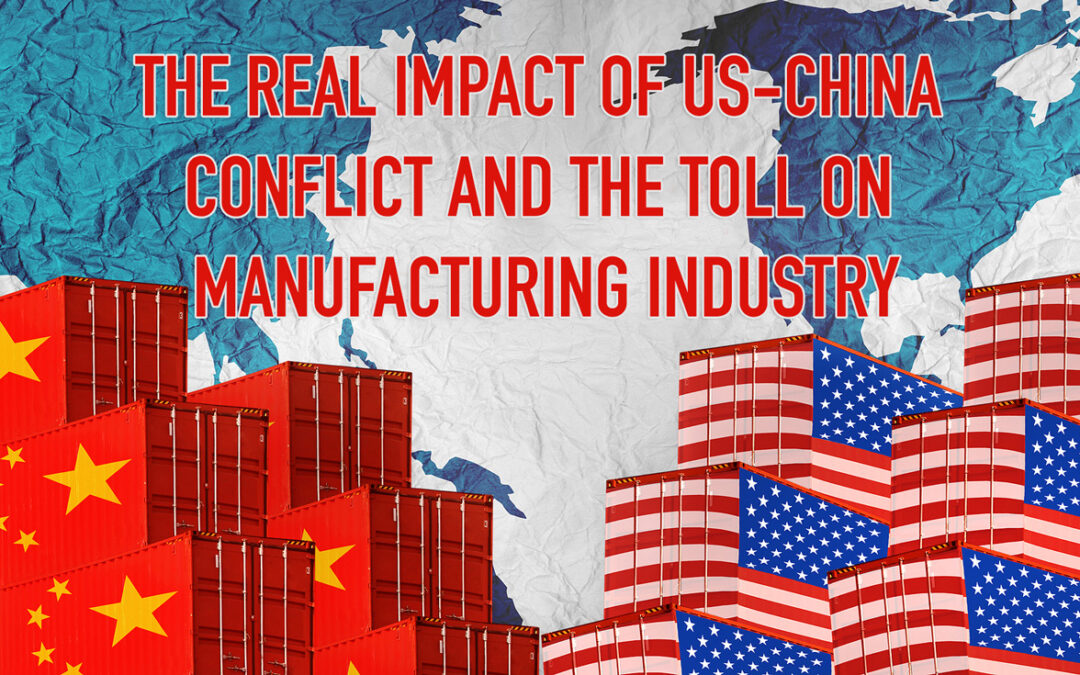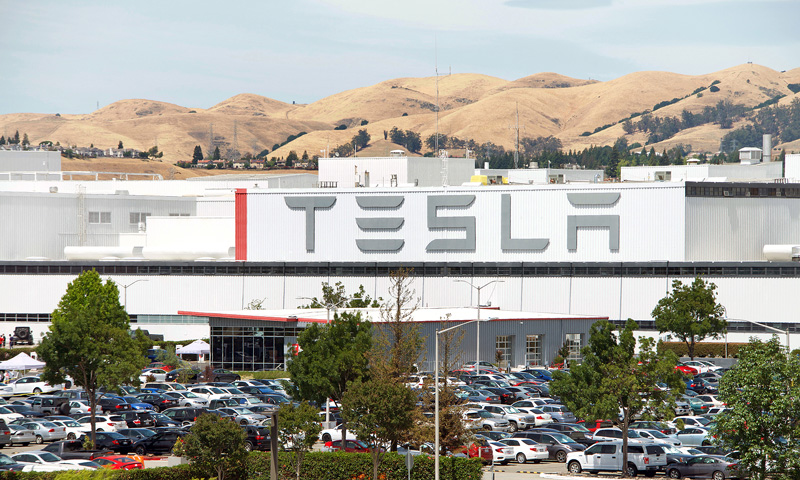Whether you lean left or right, most economic experts believe that the US-China manufacturing and trade conflict has just begun. As more production started to shift towards china, the manufacturing conflict was bound to escalate.
The new metrics reveal that a low production output of businesses in China’s manufacturing industry. Of course, one reason for the rapid escalation of manufacturing and trade conflict between the US and China has to do with the COVID-19.
US-China Conflict and Manufacturing Industry Under the Biden Administration
The Biden Administration understands that heightened confrontation will have long-lasting implications. After all, global organizations now have to choose between two global rivals. Of course, the manufacturing sector is not the only sensitive area where tension continues to escalate between China and the US.
US-China Conflict and the Role of COVID-19 Pandemic
Yes, the COVID-19 pandemic managed to reinforce the current direction of the US policymakers. In fact, it would be an understatement to minimize the long-term impact of COVID-19 that continues to accelerate confrontation between the two superpowers. After decoupling, it is no wonder Chinese officials have started to signal anxiety.
Downsizing Manufacturing Sector
As of now, The US has a bipartisan consensus that favors the downsizing of the manufacturing and trade relationship with China. Executive leadership and prominent CEOs signal that the new wave of tension between the US and China may be the tipping point of a long-term conflict.
For instance, both China and the United States intend to decrease their overdependence on foreign countries for supply chains. The two powerful nations now want to make Washington DC and Beijing the hub in the foreseeable future. The bad news is that this approach continues to undermine the corporate engagement between China and the US.
Manufacturing of Automobiles
It is true – Chinese tariffs on American automotive components increase the manufacturing costs for reputable auto manufacturing companies. For instance, Tesla affirms a high cost of $50 million in auto parts due to tariffs.
On the flip side, the innovative automaker did manage to get a 10% tax break from official Chinese authorities. An extensively researched data shows that China’s traffics on American automobiles impact auto exports of the US.
Manufacturing Sector and China’s Approach
When it comes to the manufacturing sector, China’s calculated approach might come across as inadvertent and might escalate the economic tensions further with the US. At its core, both nations understand that neither side wants to have a conflict.
The collision course of continuous manufacturing conflict is in motion, and stakes are high to maintain the growth rate. And despite what may transpire under Biden Administration, one thing is certain that there will be high financial and human costs in the end.
The conflict between the two countries will have a far-reaching impact on other countries across the world. To prevent a worst-case scenario, the US will need to form a balanced and strategic approach to resolve the conflict. The best course of action for the US-China conflict would be to deter confrontation and find a practical diplomatic solution.

Resourceful and innovative Marketing Pro, with 20+ years of progressive experience in the marketing and creative technology industry. Responsible for digital and traditional marketing efforts that promotes brand awareness, increases engagement, and drives revenue.


















